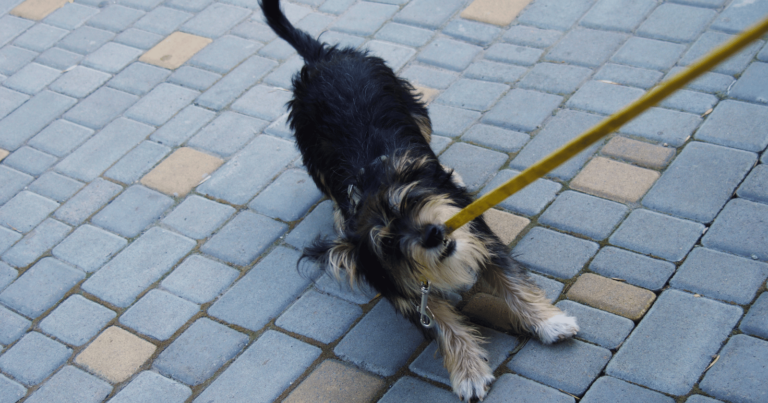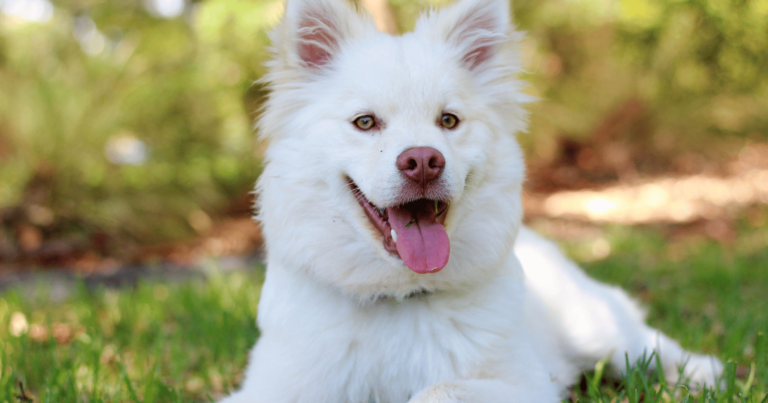There’s a fine line between bossing your dog around and teaching them to behave.
The distinction is all about approach.
Bossing your dog is trying to force them into submission without understanding their needs.
On the flip side, training your dog involves guiding them towards better behavior while taking their natural instincts into account.
Training your dog is about showing them that you know what’s best and helping them make smarter choices.
And seasoned dog owners know that there are certain strategies that make this process easier and more effective.
Let me share with you nine simple secrets to training your dog.
1. Consistency is key
In the world of dog training, consistency reigns supreme.
Dog trainers understand the importance of maintaining a steady routine.
Often, you’ll find yourself faced with a dog that seems to switch between being obedient and disobedient.
It can be quite puzzling to figure out why.
Enter the principle of consistency.
Consistency, in this context, means maintaining a regular schedule and sticking to certain rules and commands.
Dogs, like humans, are creatures of habit.
They thrive on routines and set patterns.
Think about it.
It’s the reason behind every successful dog training program.
The use of consistent commands, rewards, and schedules makes it easier for dogs to understand what is expected of them.
When training your dog, they will often respond better when they know what to expect.
They rely on your consistency to learn and adapt their behavior.
So if you want to train your dog effectively, it’s crucial to stay consistent with your commands, rewards, and schedules.
2. Positive reinforcement works wonders

From my own experience, positive reinforcement is a game-changer.
I remember training my first dog, a high-spirited Labrador named Buddy.
He was full of energy and loved to play around.
Training him was a challenge, especially when it came to teaching him not to jump on guests.
That’s when I discovered the power of positive reinforcement.
Positive reinforcement involves rewarding good behavior instead of punishing bad behavior.
Every time Buddy sat calmly instead of jumping on guests, I’d shower him with praise and give him his favorite treat.
The result?
Buddy quickly learned that sitting calmly earned him rewards.
He started behaving better, not because he feared punishment, but because he looked forward to the reward.
3. Dogs live in the moment
Contrary to popular belief, dogs don’t remember incidents the same way humans do.
Their memory works on a short-term basis, meaning they live primarily in the present.
This characteristic is crucial when it comes to training.
If your dog does something wrong, there’s no point in reprimanding them hours later.
They won’t make the connection between their action and your reaction.
On the other hand, if you catch them in the act and correct them immediately, they’re more likely to understand what they’ve done wrong.
This immediate feedback helps them learn faster and more effectively.
4. Communication is essential
Just like in any relationship, communication plays a vital role in training your dog.
Dogs might not understand our language, but they’re incredibly good at picking up on our body language and tone of voice.
They can sense when we’re happy, upset, or anxious.
When training your dog, it’s important to be clear and consistent in your commands.
Mixed signals can confuse them and make training more challenging.
Moreover, pay attention to their body language as well.
A wagging tail, a lowered head, or a relaxed posture – all these can tell you a lot about how your dog is feeling.
So keep the lines of communication open with your furry friend.
It will make the training process smoother and strengthen your bond.
5. Patience goes a long way
Training a dog isn’t a sprint; it’s a marathon.
It takes time, and more importantly, it requires patience.
Dogs, like humans, have their own learning curve.
Some might pick up commands quickly, while others might take a bit longer.
There’s no fixed timeline for training.
Getting frustrated or losing your temper will only confuse your dog and potentially make them anxious.
It’s important to stay calm and patient throughout the training process.
Remember, every dog is unique.
Celebrate their progress, no matter how small it seems.
6. Bonding is the foundation
Training your dog isn’t just about teaching them to sit, stay, or fetch.
It’s about building a bond of trust and mutual respect, a connection that goes beyond commands.
In the heart of every successful training experience is a strong bond between the dog and their owner.
This bond is built on love, trust, and understanding.
Your dog should feel secure and comfortable with you.
They should know that you’re there for them, in good times and bad.
This sense of security makes them more receptive to training.
So take time to build this bond.
Play with them, cuddle them, spend quality time together.
Let them know they’re loved and cherished.
It might not seem like it has much to do with training, but this bond is the secret ingredient that makes training not just effective, but also enjoyable for both you and your dog.
7. Mistakes are part of the process

When I first started training dogs, I had this notion that I had to be perfect.
Every command had to be followed, every rule obeyed.
But I soon realized that this was far from reality.
Mistakes are part and parcel of the training process, both for you and your dog.
There will be times when your dog doesn’t follow a command or breaks a rule.
And there will be times when you lose patience or send mixed signals.
Instead of beating yourself up over these mistakes, learn from them.
They’re opportunities for growth, stepping stones towards becoming a better trainer.
8. Know your dog’s limits
Just like us, dogs have their own strengths and limitations.
Some dogs might excel at learning tricks, while others might be more adept at obedience training.
Understanding your dog’s limits is crucial to successful training.
Not every dog can master every trick in the book, and that’s okay.
Pushing your dog too hard can lead to stress and anxiety, which isn’t good for their overall well-being.
It’s important to strike a balance between challenging them and respecting their boundaries.
9. Training is a lifelong commitment
Training your dog isn’t a one-time task; it’s a lifelong commitment.
Dogs continue to learn new things throughout their lives, just like humans.
This means that your job as a trainer isn’t over once they’ve mastered the basic commands.
Training should be a continuous process, evolving as your dog grows and matures.
It should involve teaching new skills, reinforcing learned behaviors, and constantly engaging their minds.
Lifelong training keeps your dog mentally stimulated and helps prevent behavioral issues.
Beyond commands and obedience
The essence of dog training is about the deep bond shared between two diverse species.
One unique aspect is the role of oxytocin, often referred to as the “love hormone.”
This hormone, found in both humans and dogs, is released during moments of bonding.
It plays a crucial role in building trust and affection, forming an invisible thread that connects dogs and their owners.
During dog training, oxytocin might be at work, strengthening the bond between you and your furry friend.
Each successful command, each rewarding treat, each moment of shared understanding could potentially be enhancing this connection.
Whether it’s seeing your dog master a new trick, recognising their growth over time, or simply enjoying their companionship, the underlying biochemistry might be making these moments more precious.












